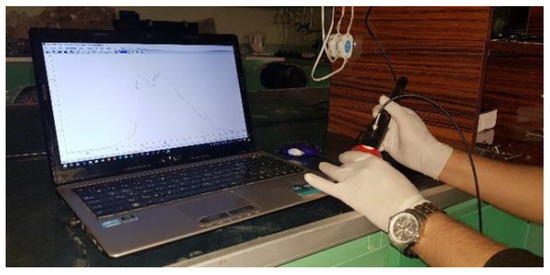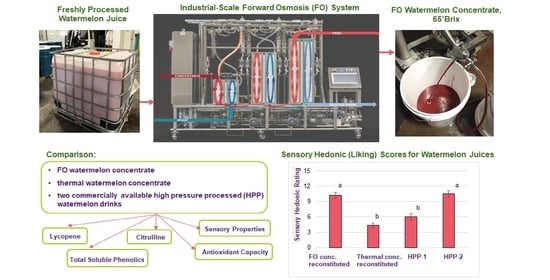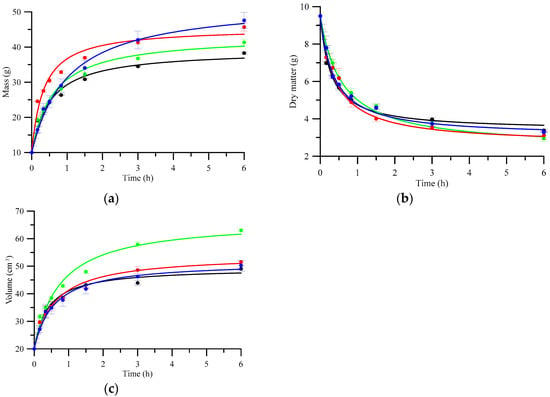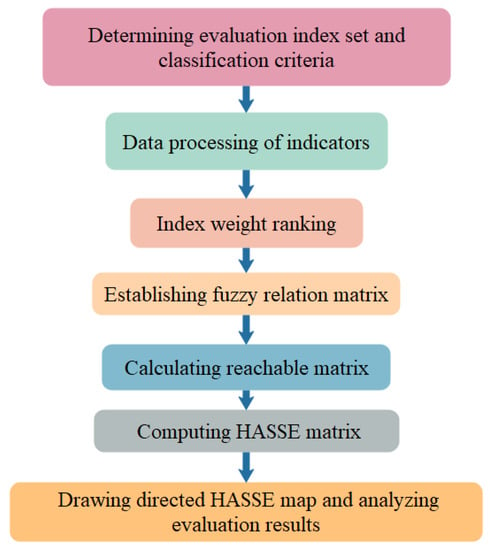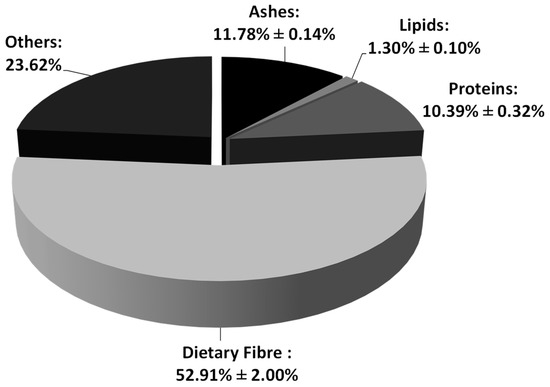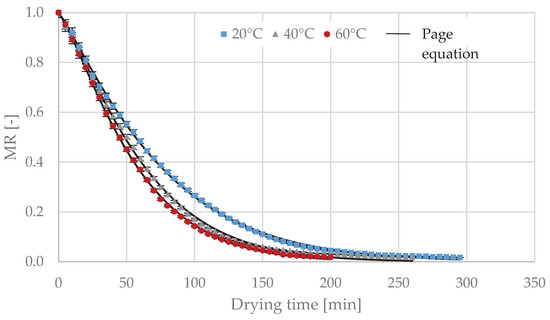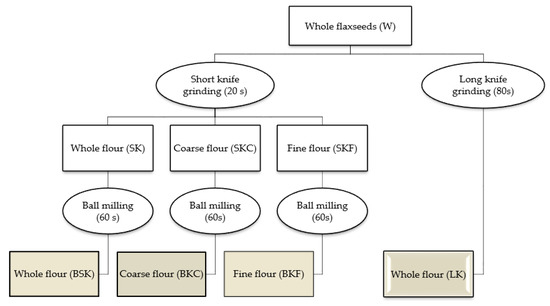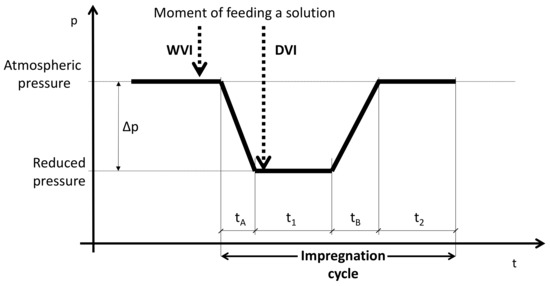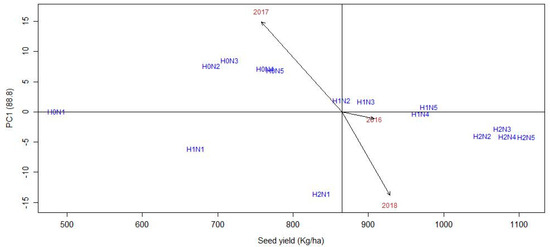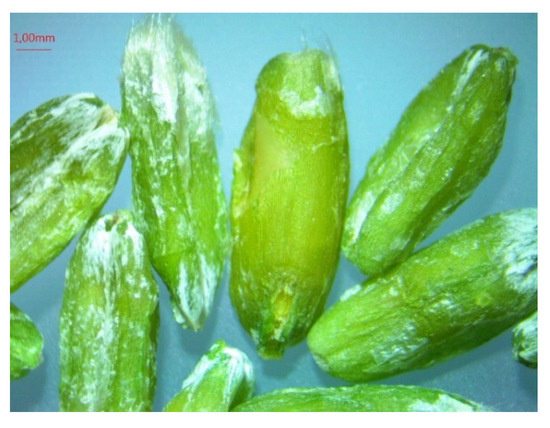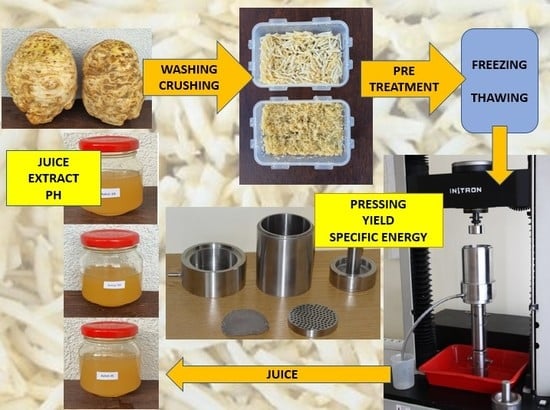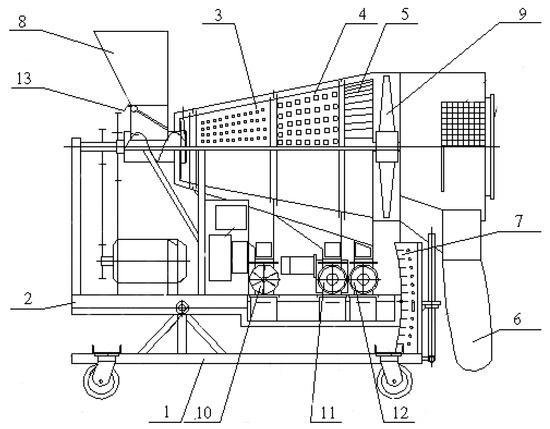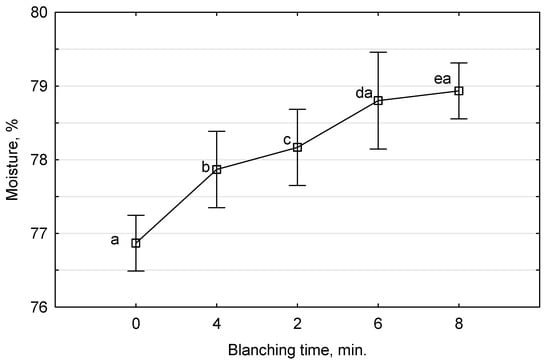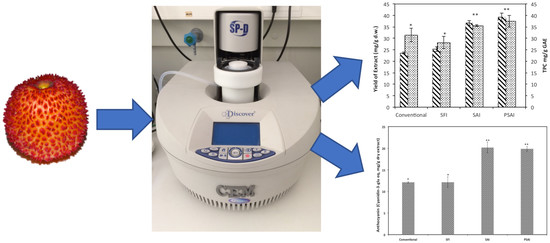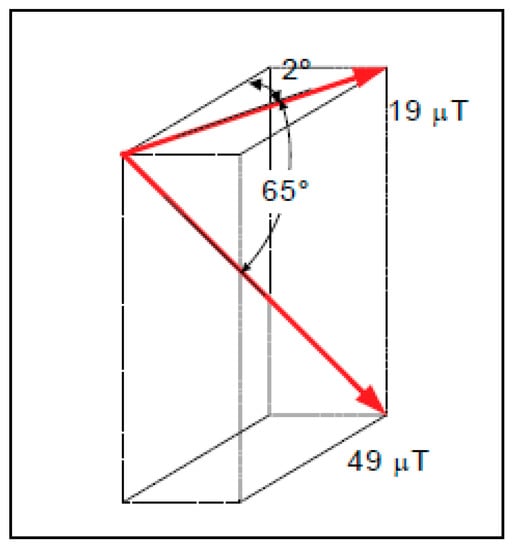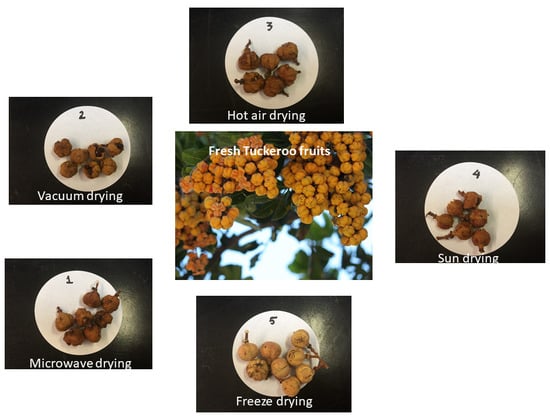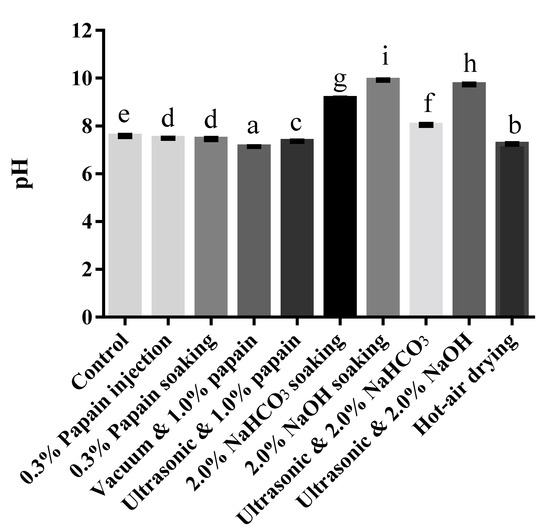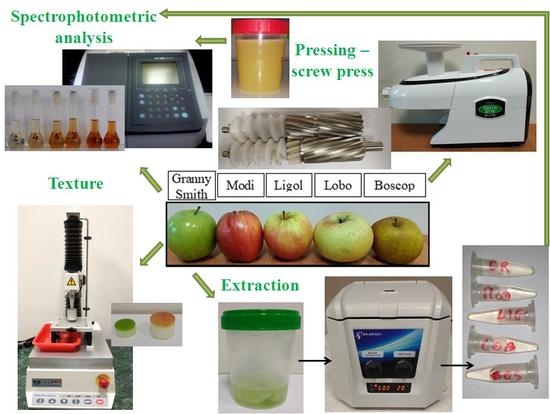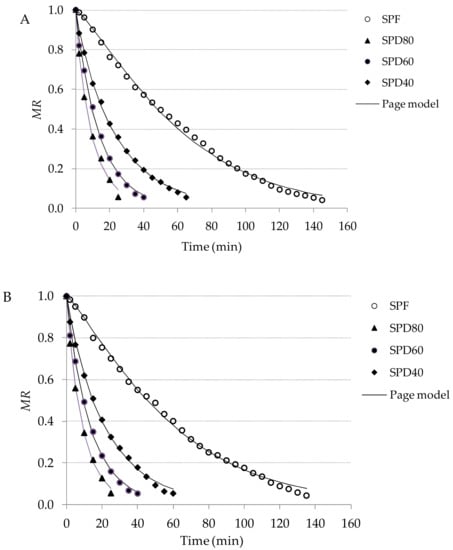Sustainable Food Processing Processes (Closed)
A topical collection in Processes (ISSN 2227-9717). This collection belongs to the section "Food Process Engineering".
Viewed by 113455Editors
Interests: food processing; milling; grinding; drying; baking; extrusion; bioactive compounds of food
Special Issues, Collections and Topics in MDPI journals
Interests: food processing; natural products; application of food byproducts; cereal processing; baking technology; natural colorant; freeze-drying
Special Issues, Collections and Topics in MDPI journals
Interests: functional foods; interactions, phenolic compounds; antioxidants
Special Issues, Collections and Topics in MDPI journals
Topical Collection Information
Dear Colleagues,
The demand for more and more production of high-quality food increases with the increase of the world population. Food processing processes must focus on minimizing the impact on the environment and support sustainable production of food. Especially such issues as energy saving, waste management, and cleaner processes must be taken into consideration. This Special Issue is focused on experimental, theoretical, and computational research on process development and engineering in this field. Chemical and biochemical reaction processes, mass transfer, separation and purification processes, heat transfer systems, mixing and fluid processes, integrated process design and scale-up, process modeling, simulation, optimization, and control are all topics that may be included in this issue. However, other aspects of sustainable food processing processes are also welcome.
Prof. Dr. Dariusz Dziki
Prof. Dr. Renata Różyło
Prof. Dr. Urszula Gawlik-Dziki
Guest Editors
Manuscript Submission Information
Manuscripts should be submitted online at www.mdpi.com by registering and logging in to this website. Once you are registered, click here to go to the submission form. Manuscripts can be submitted until the deadline. All submissions that pass pre-check are peer-reviewed. Accepted papers will be published continuously in the journal (as soon as accepted) and will be listed together on the collection website. Research articles, review articles as well as short communications are invited. For planned papers, a title and short abstract (about 100 words) can be sent to the Editorial Office for announcement on this website.
Submitted manuscripts should not have been published previously, nor be under consideration for publication elsewhere (except conference proceedings papers). All manuscripts are thoroughly refereed through a single-blind peer-review process. A guide for authors and other relevant information for submission of manuscripts is available on the Instructions for Authors page. Processes is an international peer-reviewed open access monthly journal published by MDPI.
Please visit the Instructions for Authors page before submitting a manuscript. The Article Processing Charge (APC) for publication in this open access journal is 2400 CHF (Swiss Francs). Submitted papers should be well formatted and use good English. Authors may use MDPI's English editing service prior to publication or during author revisions.
Keywords
- Sustainable food processing
- Minimal food processing
- Emerging food technologies
- Food quality
- Energy saving
- Waste reduction
Related Special Issue
- Progress in Food Processing in Processes (29 articles)








